Physiotherapy Exercises for Lower Back Pain
Physiotherapy exercises for lower back pain treatment is highly recommended by doctor’s for permanent solution.
Here We Update All Disease Like Hemiplegia,Cerebral Palsy, Cerebral Syndrome,OA Knee,Bachacke

Physiotherapy exercises for lower back pain treatment is highly recommended by doctor’s for permanent solution.
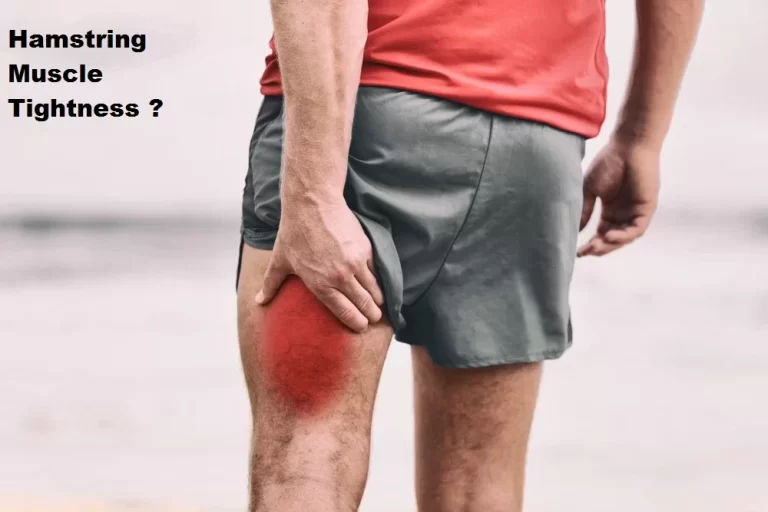
Why Hamstring Muscle Become Tight most often? Hamstring Muscle tightness is the most common and silent symptom of Men as compared to female and mostly non-symptomatic, It will limit mainly to long sitting positions and Back Bending, seen mainly in Office workers and People are living with a sedentary lifestyle or it also common who…

What Is Hip Impingement Syndrome? Anatomy Of The Hip Joint: Types Of Hip Impingement Syndrome: There are mainly two types of hip impingement, Which includes: 1. Cam impingement 2.Pincer impingement Sign And Symptoms Of Hip Impingement: In the early stages, there may be no symptoms associated with hip impingement or symptoms may be mild or…
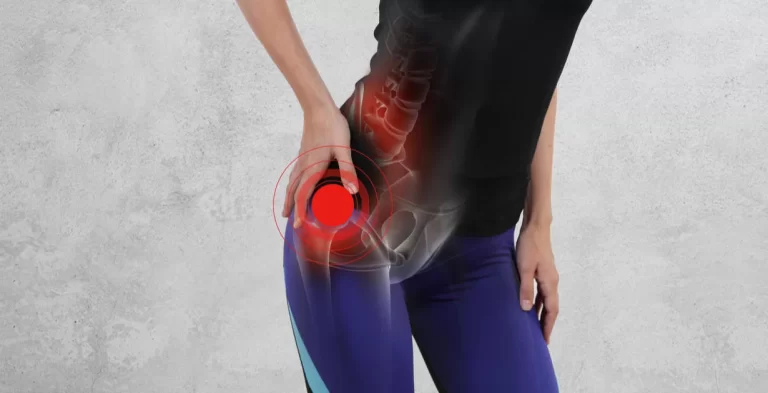
What is Hip Bursitis? Anatomy of the hip joint: Types of hip bursitis: There are mainly two major bursae in the hip that typically become irritated and inflamed: Signs and symptoms: Why it occurs? (Causes Of Hip Bursitis) Repetitive stress (overuse) injury: Hip injury: Spine disease: Leg-length inequality: Bone spurs or calcium deposits: Rheumatoid arthritis:…
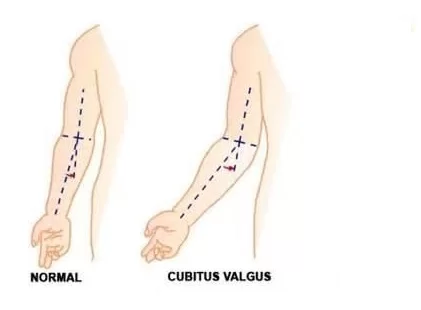
What is a Cubitus Valgus? Cubitus valgus is a deformity in which the forearm is angled out away from the body when the arm is fully extended. When your palm is facing upward and your arm is extended, you may have cubitus valgus if your carrying angle, or the degree to which your arm is…

INTRODUCTION DEFINITION OF SPASTICITY Which are the Causes of Spasticity in Cerebral Palsy? Which are the Signs and Symptoms of Spastic Cerebral Palsy? The signs and symptoms of spastic cerebral palsy are different for every child. Differences in symptoms depend on the severity of the child’s brain injury and any co-occurring disorders that may be…

Sports Injury Rehabilitation
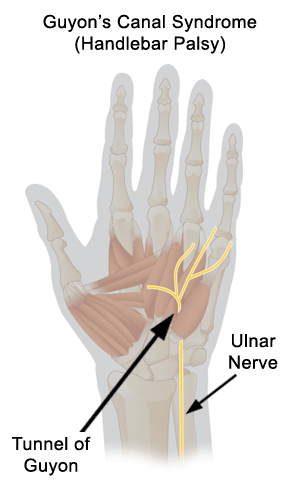
OVERVIEW : Ulnar tunnel syndrome is a condition that affects the wrist. It happens when the ulnar nerve is compressed going from the wrist into the hand through a space referred to as Guyon’s canal. You may have weakness, tingling, numbness, or pain because of the nerve compression. The ulnar nerve is a large nerve…
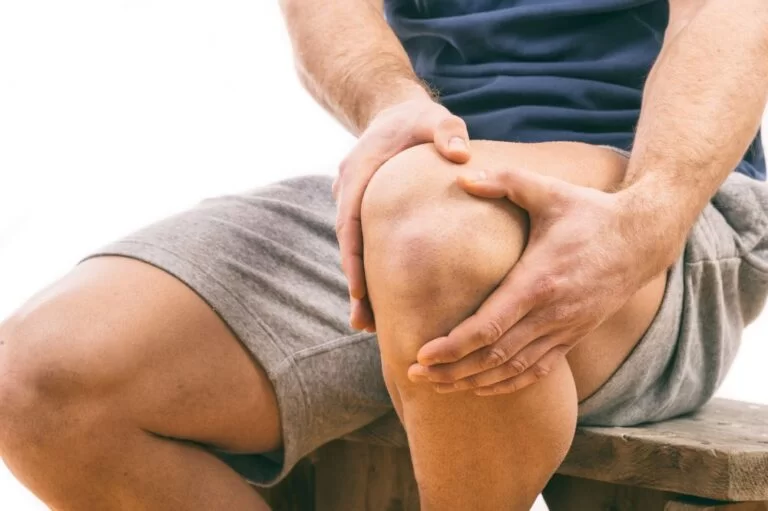
What is a Knee Pain? Knee Pain are the most common condition seen in India. People in India highly uses knee joint, This high usage may lead to more wear and tear around the Knee joint. Knee joint is also weight-bearing joint, so on relieving pain takes more time. The knee is a complex structure…
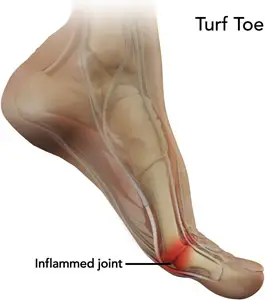
The simplest definition of turf toe is that it is a sprain of the main joint of the big toe. It happens when the toe is forcibly bent up into hyper-extension, such as when pushing off into a sprint and having the toe get stuck flat on the ground. Sprains of the big toe joint…